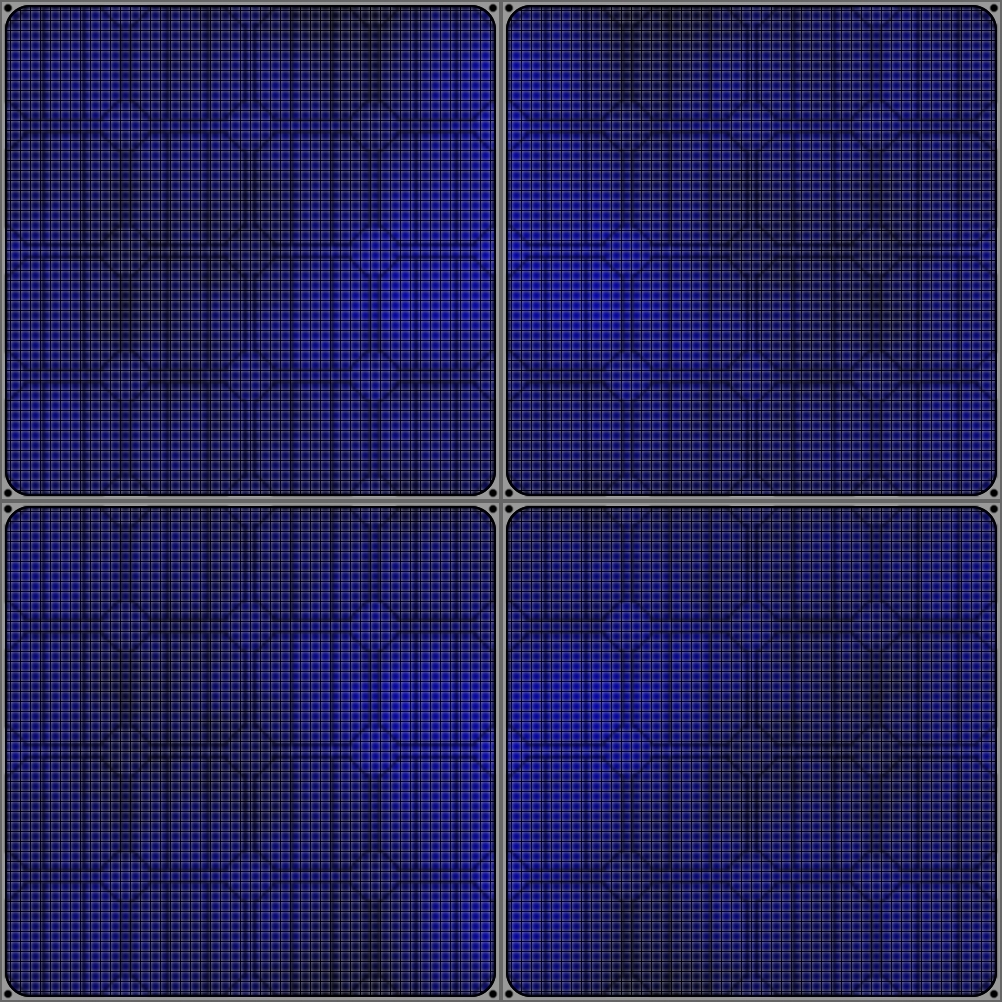
3 Questions. 3 Hints. 3 Answers. Every Tuesday.
1. In what context is bigger better when it comes to certain effects of air pollution?
Hint:

Answer: a recent study reveals that air pollution may be involved in autism, as well as in other related neurological afflictions. According to researchers, “exposure to air pollution early in life produces harmful changes in the brains of mice, including an enlargement of part of the brain that is seen in humans who have autism and schizophrenia. As in autism and schizophrenia, the changes occurred predominately in males. The mice also performed poorly in tests of short-term memory, learning ability, and impulsivity.” A vast majority of air pollution consists of carbon particles produced by a variety of sources including certain industries, vehicles, power plants, dust storms and fires. For many years, research on the human health effects of air pollution has chiefly focused on the lungs. That research established that particle size has an impact on the effects experienced. Larger particles are less harmful because of our capacity to cough up and expel the invasive matter. Smaller particles are more worrisome because they are able to infiltrate the lungs, be absorbed into the bloodstream and produce advese health consequences. Read more here.
2. What recent European Court of Justice decision card was recently played indirectly right here in the U.S.?
Hint:Answer: while the recent European Court of Justice decision that EU citizens have a right to request removal of private information from Google search results is not binding in the U.S., a Texas attorney asked a trial court to require Google to delete records relating to an expunged disciplinary action against him. The lower court so ordered even though Google was not a party to the litigation in question. On appeal, the higher court reversed based on lack of privity (see Google, Inc. v. Expunction Order). Nonetheless, one wonders if this case will add prominence to events that continue to bring the “right of erasure” issue to the forefront. In the U.S., Constitutional freedoms concerns are at the center of arguments against uniform legal recognition of such a right. While California observes a “right to be forgotten,” it is limited to minors and attaches only to information they post about themselves. For additional story details, click here.
3. What potentially promising invention gives new meaning to the phrase “sunny side up”?
Hint:

Answer: $2M from crowdfunding is paving the way for the development of an unusually efficient roadway: using solar tiles instead of asphalt and concrete thereby making many carbon-fueled sources of electricity obsolete. The tiles are made up of solar cells encased in tempered glass and are strong enough to withstand an extraordinary amount of weight. Generating solar power is just one goal the developers have in mind for the technology. Additional objectives include, “heating strips to melt snow and ice, LEDs to replace lane markers as well as road signs and communication systems to make roads smarter. Some tiles could even be used wirelessly to charge electric cars parked above them.” However, prior to execution, an extensive hurdle must be overcome, namely, the cost. Estimates are that the solar tiles would be up to 300% more expensive to apply than asphalt. Tiling all of America’s interstate highway system would run about $1T. Read more here.















